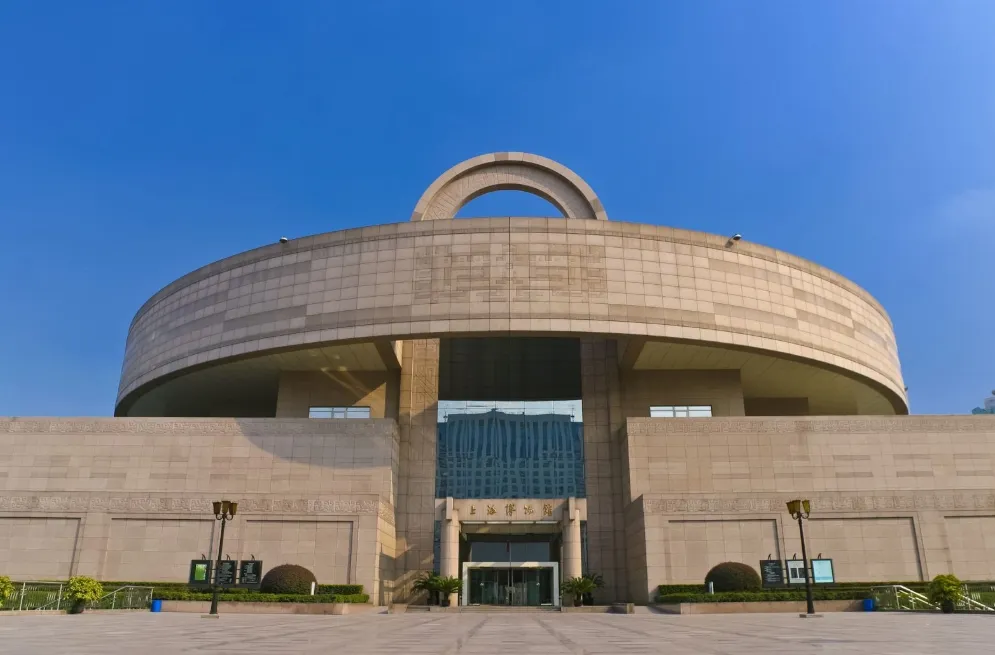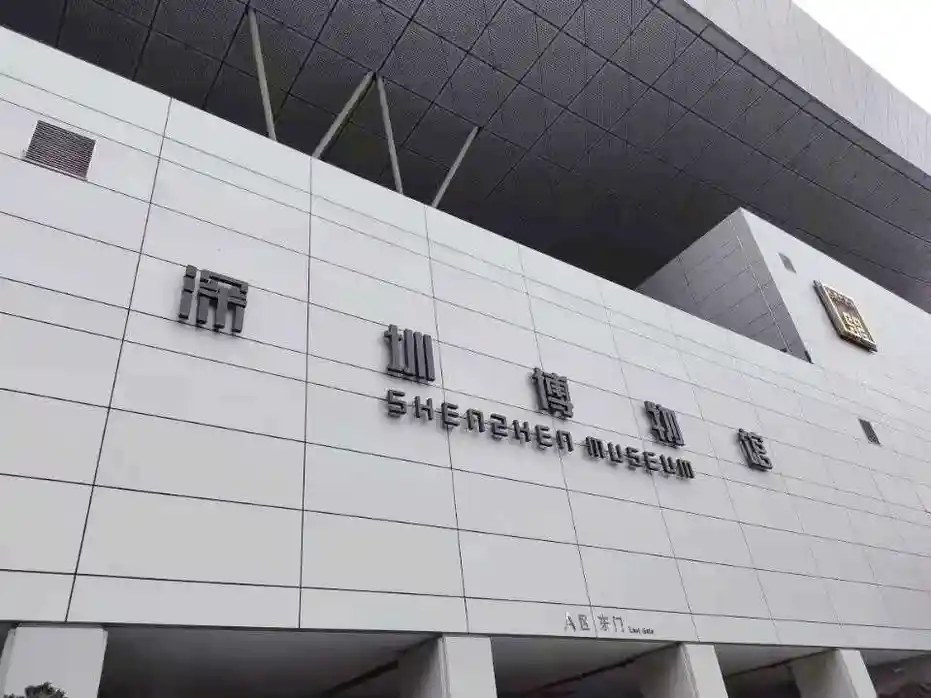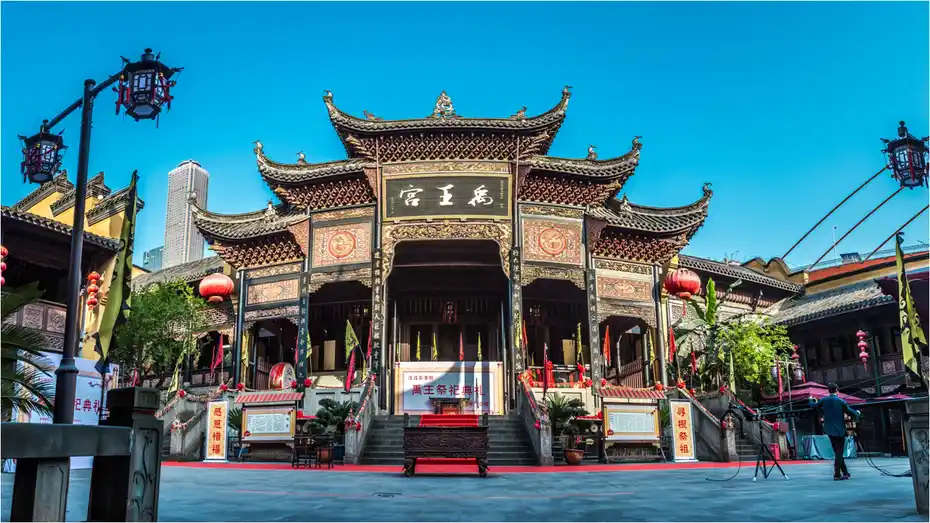Introduction: A Journey Through China’s Cultural Legacy
The Shanghai Museum stands as a beacon of Chinese cultural heritage. Located in the heart of Shanghai, it houses one of the world’s most comprehensive collections of ancient Chinese art.
Visitors from around the globe come to explore its rich exhibits. From bronze vessels to calligraphy, each artifact tells a story of China’s past.
This article explores the museum’s most notable exhibits. We’ll dive into its history, architecture, and educational programs.
Whether you’re planning a visit or exploring online, this guide offers valuable insights. You’ll learn how to make the most of your experience.
The museum is more than a gallery—it’s a gateway to understanding China’s artistic evolution. Let’s begin this cultural journey.
History and Founding of the Institution
The Shanghai Museum was established in 1952. It began as a modest collection in the former Shanghai Race Club building.
Over the decades, it evolved into a world-class institution. In 1996, it moved to its current location in People’s Square.
The new building was designed to reflect traditional Chinese cosmology. Its round dome symbolizes the sky; the square base represents the earth.
This architectural philosophy mirrors ancient Chinese beliefs. It sets the tone for the treasures within.
The museum’s founding mission was to preserve and promote Chinese art. Today, it holds over 120,000 artifacts spanning 5,000 years.
Its growth reflects China’s commitment to cultural preservation. The institution continues to acquire and restore priceless works.
Permanent Collections: A Glimpse into Ancient China
The museum’s permanent galleries are organized by artifact type. Each floor focuses on a different category of Chinese art.
These include bronzes, ceramics, paintings, calligraphy, jades, coins, and furniture.
Here’s a breakdown of the main galleries:
- Bronzes: Over 1,000 ritual vessels from the Shang and Zhou dynasties
- Ceramics: Evolution from Neolithic pottery to Ming porcelain
- Paintings: Masterpieces from Tang to Qing dynasties
- Calligraphy: Rare scrolls by famous scholars and emperors
- Jades: Ritual objects and ornamental carvings
- Coins: Historical currency from ancient to imperial China
- Furniture: Ming and Qing dynasty hardwood pieces
Each collection is curated with scholarly precision. Labels provide historical context in both Chinese and English.
The breadth of the holdings makes the Shanghai Museum a top destination for researchers and tourists alike.
Shanghai Museum’s Bronze Gallery: Rituals in Metal
The bronze collection is one of the museum’s crown jewels. It features over 1,200 pieces, many dating back 3,000 years.
These vessels were used in ancestral rituals and state ceremonies. Their inscriptions offer insights into early Chinese writing and politics.
Shapes like the *ding* (tripod cauldron) and *gu* (wine vessel) are iconic. They symbolize power, religion, and social hierarchy.
Many bronzes bear intricate taotie motifs—mythical mask-like designs. These reflect spiritual beliefs of the time.
The gallery also displays casting techniques used in ancient foundries. Interactive panels explain the piece-mold method.
This exhibit is essential for understanding early Chinese civilization. The craftsmanship remains awe-inspiring today.
Masterpieces of Chinese Painting and Calligraphy
The painting and calligraphy galleries showcase artistic refinement across dynasties.
Works span from the Tang (618–907) to the Qing (1644–1912) periods. Many are rare surviving examples on silk or paper.
Landscape painting, or *shanshui*, dominates the collection. Artists used brushwork to express harmony between man and nature.
Notable pieces include:
- Dong Yuan’s *Xiao and Xiang Rivers* (10th century)
- Zhao Mengfu’s *Autumn Colors on the Qiao and Hua Mountains*
- Shen Zhou’s *Poet on a Mountaintop*
Calligraphy is treated as high art. The museum displays works by Wang Xizhi, Mi Fu, and Emperor Huizong.
These scripts are not just writing—they are visual poetry.
Due to light sensitivity, originals are rotated regularly. Replicas and digital displays ensure public access.
Shanghai Museum’s Jade Collection: Symbols of Power and Spirituality
Jade has held sacred status in Chinese culture for millennia. The museum’s jade gallery traces its use from Neolithic times to the Qing dynasty.
Early jades were carved into *bi* (discs) and *cong* (tubes), used in burial rituals.
By the Han dynasty, jade pendants and belt hooks became symbols of elite status.
The collection includes:
| Period | Artifact Type | Significance |
|---|---|---|
| Neolithic (Liangzhu) | *Cong* tubes | Ritual offerings to earth and sky |
| Shang Dynasty | Animal carvings | Symbolic protection and power |
| Qing Dynasty | Imperial ornaments | Refined craftsmanship and status |
The jade’s durability and beauty made it a metaphor for virtue. Confucian texts often compared moral integrity to polished jade.
This gallery reveals how material culture shaped spiritual beliefs.
Ceramics: From Utility to Artistic Mastery
The ceramics gallery illustrates the evolution of Chinese pottery. It begins with earthenware from the Yangshao culture (5000 BCE).
By the Tang dynasty, glazed sancai (three-color) wares were used in tombs.
The Song dynasty (960–1279) marked a golden age of ceramic art.
Key kiln sites represented include:
- Jun Yao: Known for opalescent glazes
- Guan Yao: Imperial court porcelain
- Ding Yao: Delicate white ware with carved designs
- Jian Yao: Black tea bowls with “hare’s fur” patterns
The Ming and Qing dynasties perfected blue-and-white porcelain. Cobalt oxide under a clear glaze created enduring designs.
These wares were exported globally, influencing European ceramics.
The gallery shows how function and aesthetics merged over time.
Interactive and Educational Programs
The Shanghai Museum offers more than static displays. It hosts workshops, lectures, and family activities.
Weekly calligraphy demonstrations allow visitors to try brushwork.
Temporary exhibitions often include augmented reality (AR) experiences. These bring ancient rituals to life.
School programs align with national curriculum standards. Students learn about history through hands-on activities.
Digital archives are available online. Researchers can access high-resolution images and catalog data.
These initiatives make ancient art accessible to all ages. The museum acts as both guardian and educator.
Visitor Tips and Practical Information
Planning a visit? Here’s what you need to know:
- Location: 201 Renmin Avenue, People’s Square, Shanghai
- Hours: 9:00 AM – 5:00 PM (Closed Mondays)
- Admission: Free (Timed entry tickets required)
- Language: English signage and audio guides available
- Photography: Allowed (no flash or tripods)
Arrive early to avoid crowds. Weekdays are less busy than weekends.
The museum shop sells high-quality replicas and books.
Nearby attractions include the Shanghai Urban Planning Exhibition Center and Nanjing Road.
Combine your visit with a cultural walk through the city center.
Conclusion: Preserving the Past, Inspiring the Future
The Shanghai Museum is a cornerstone of cultural preservation. Its collections offer a deep dive into China’s artistic and spiritual legacy.
From bronze rituals to jade symbolism, each exhibit reveals a layer of history.
The museum balances scholarship with public engagement. Interactive tools and educational programs make ancient art relevant today.
For travelers and researchers, it’s an essential destination.
As digital access expands, global audiences can explore its treasures remotely.
We recommend planning a visit—or exploring its online resources.
By understanding the past, we gain insight into human creativity and continuity. The Shanghai Museum ensures these stories endure.



